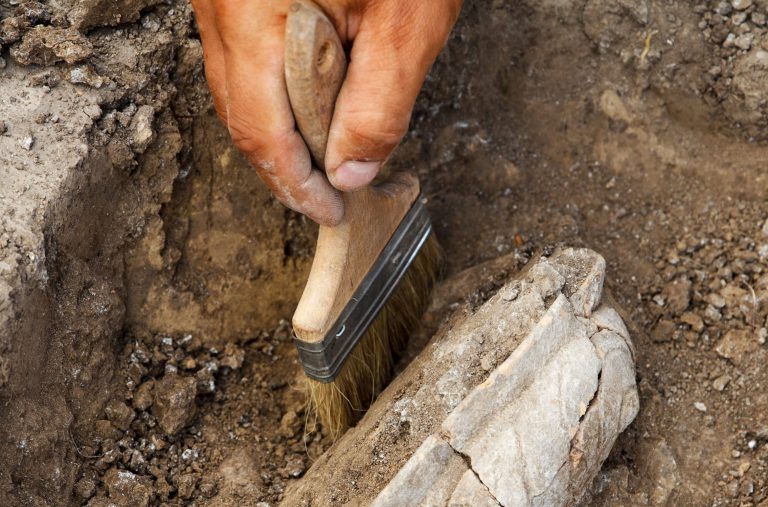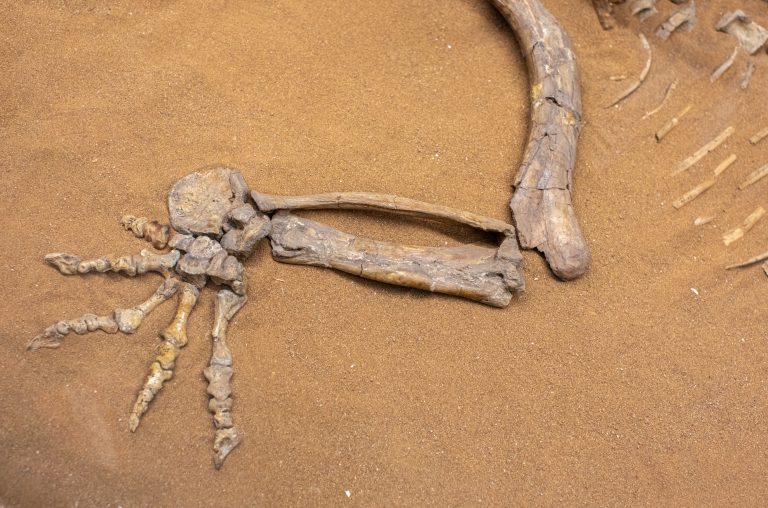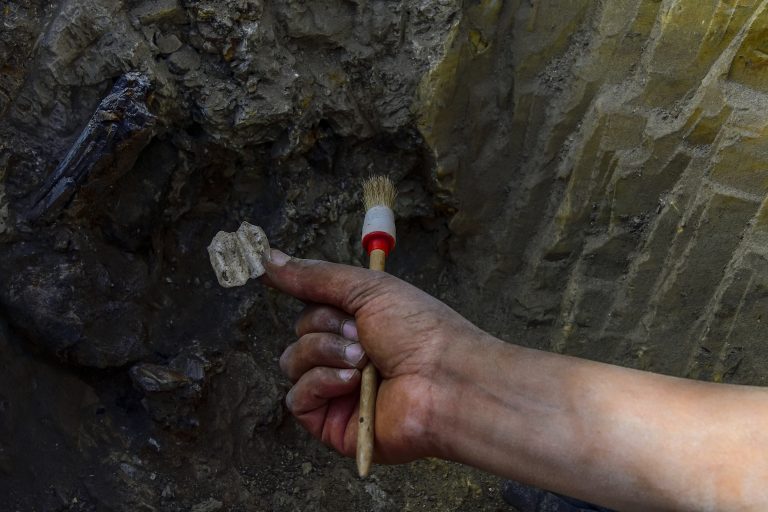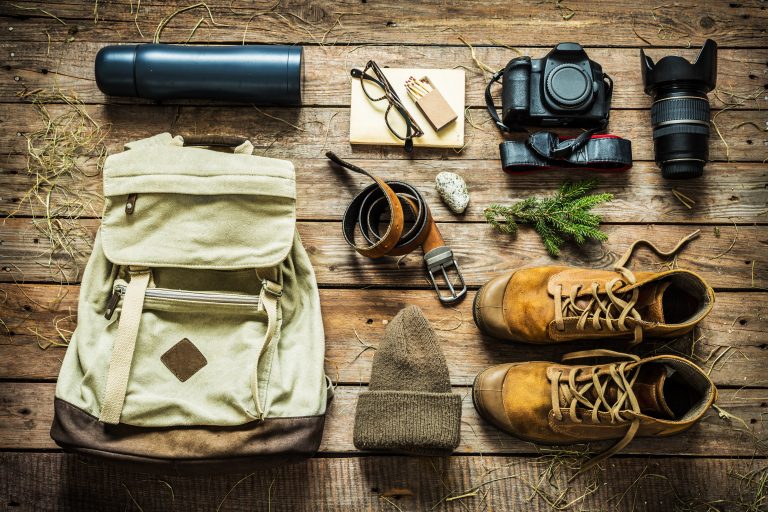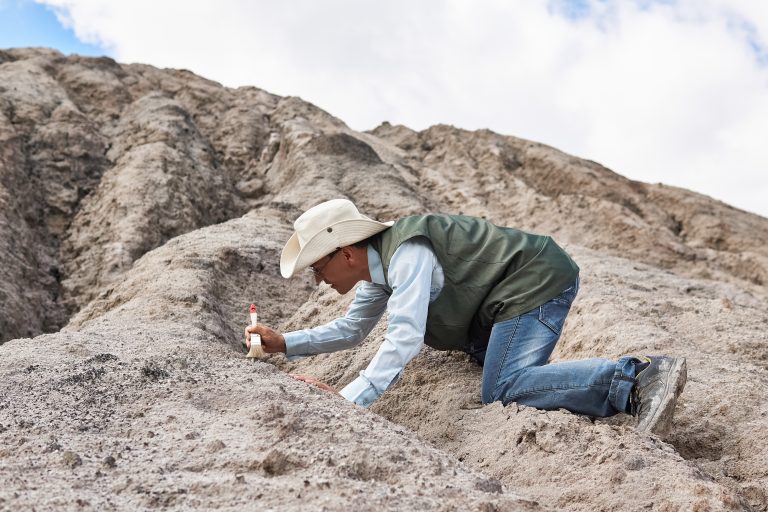5 Essential Tips to Keep Your Fossils Safe
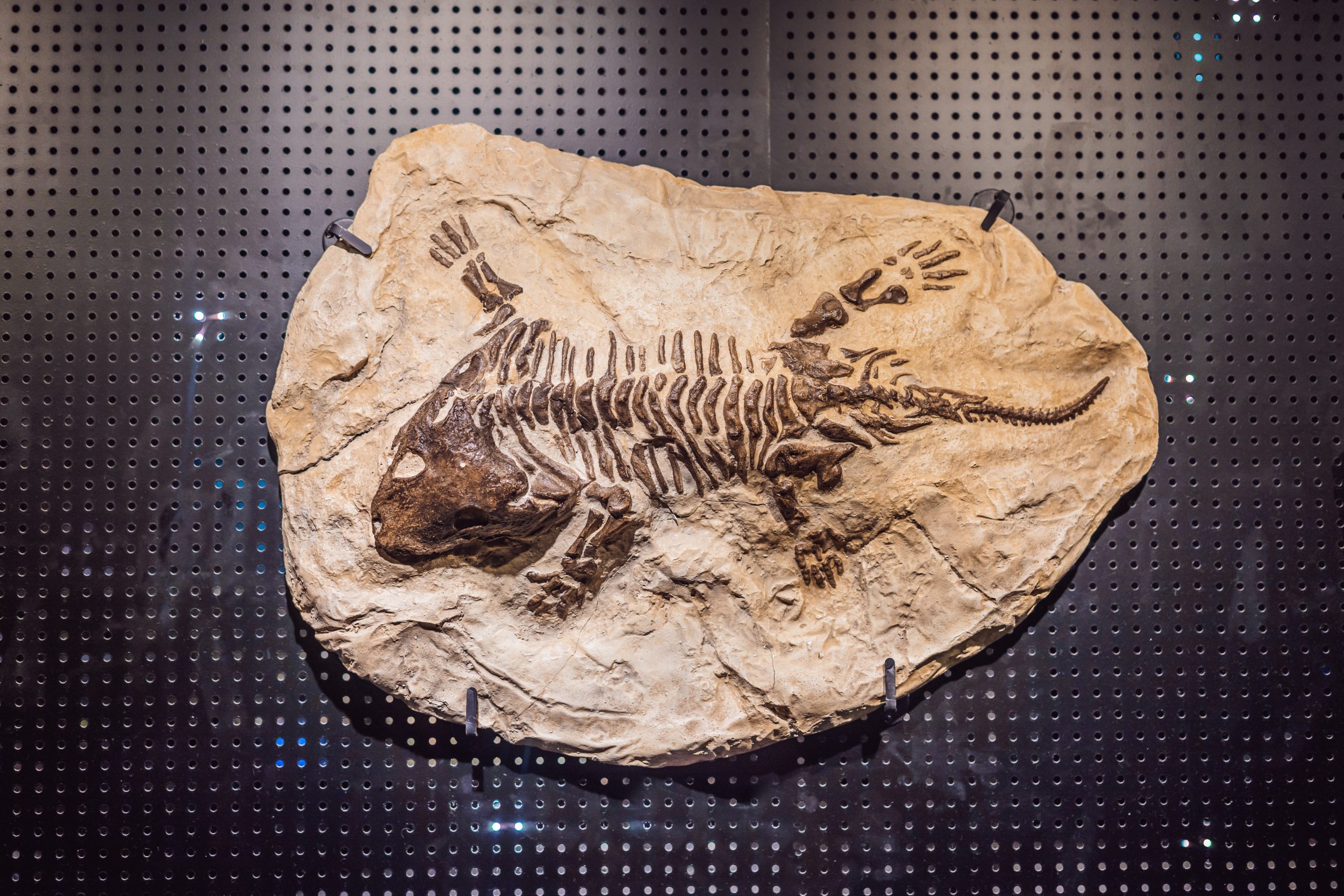
As a seasoned paleontological travel writer, I’ve witnessed firsthand the excitement of discovering a fossil and the dismay when one is damaged. To keep these precious time capsules intact, here are five essential tips for fossil enthusiasts to ensure their finds remain in pristine condition.
1. Proper Handling
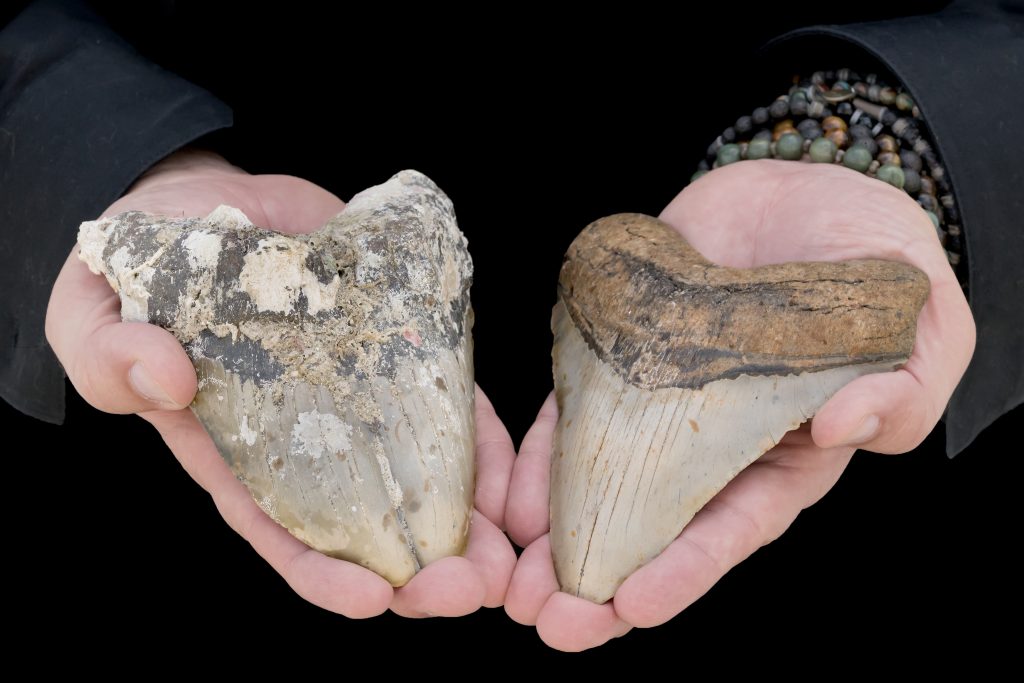
When you first lay eyes on a fossil, the urge to pick it up can be overwhelming, but patience is key. Always support a fossil from the base, and avoid grasping delicate structures. Imagine you’re cradling a piece of ancient history in your hands—because you are!
I once saw a fellow enthusiast hoist a fragile ammonite by its siphuncle (that’s the tube-like structure), and it snapped right off. A heartbreak that could’ve been avoided with proper handling. Use both hands and if it’s too large, consider stabilizing it before moving.
2. Ideal Storage Conditions
Think of fossils as your great-grandparents: they prefer a stable, comfortable environment. Fluctuations in temperature and humidity are their enemies. Store your fossils in a cool, dry place, away from direct sunlight. I’ve kept my trilobite collection in a climate-controlled room, and they’ve been in great shape for years.
Hey hey! Don’t forget to subscribe to get our best content 🙂
Cabinets with padded drawers are excellent for smaller specimens, while larger fossils might need customized shelving. Remember, the goal is to mimic the stable conditions of their long-term underground resting places.
3. Protective Wrapping Techniques
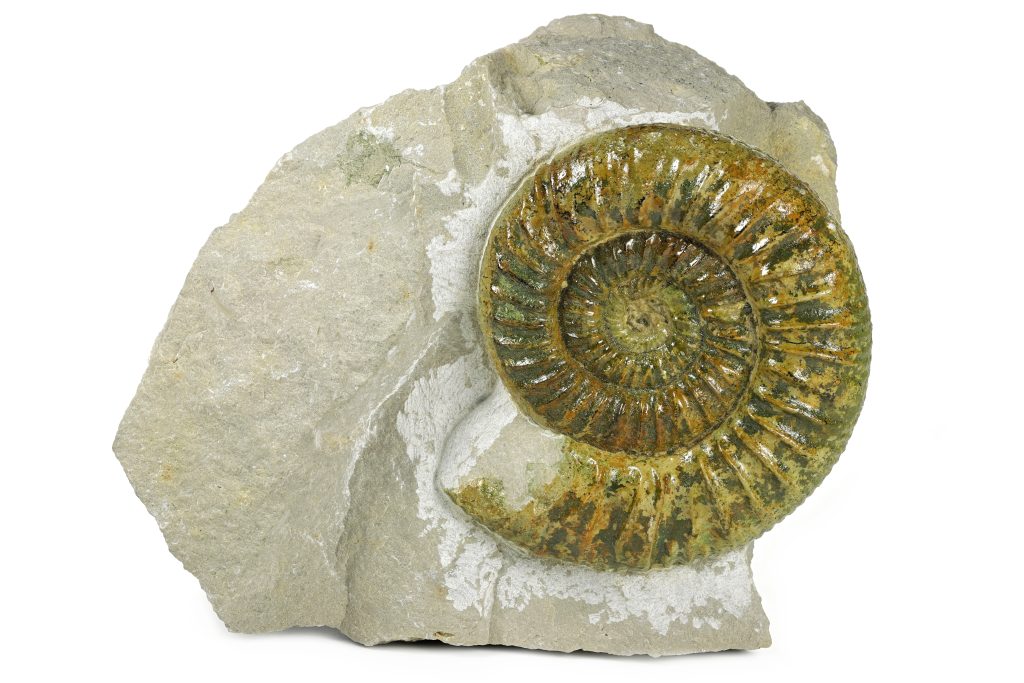
It’s like wrapping a present that’s not to be opened for another million years. Use acid-free tissue paper or foam to cushion your fossil. For extra protection, especially during transport, bubble wrap is your best friend (just make sure the bubbles face outward).
One of my most treasured fossils, a delicate fern imprint, is snugly secured in layers of foam—it survived a bumpy ride across the country without a single crack. Use tape sparingly and never directly on the fossil; it’s a nightmare to remove.
4. Avoiding Environmental Hazards
Environmental hazards are the ninjas of the fossil world—silent but deadly. Keep your fossils away from high-traffic areas where they could be knocked over. Also, be wary of pets and children; their curiosity knows no bounds.
I learned this the hard way when my cat decided a fossilized fish was its new scratching post. Additionally, avoid placing fossils near windows or plants where moisture can seep in, and keep food and drinks at a distance.
5. Regular Maintenance Checks
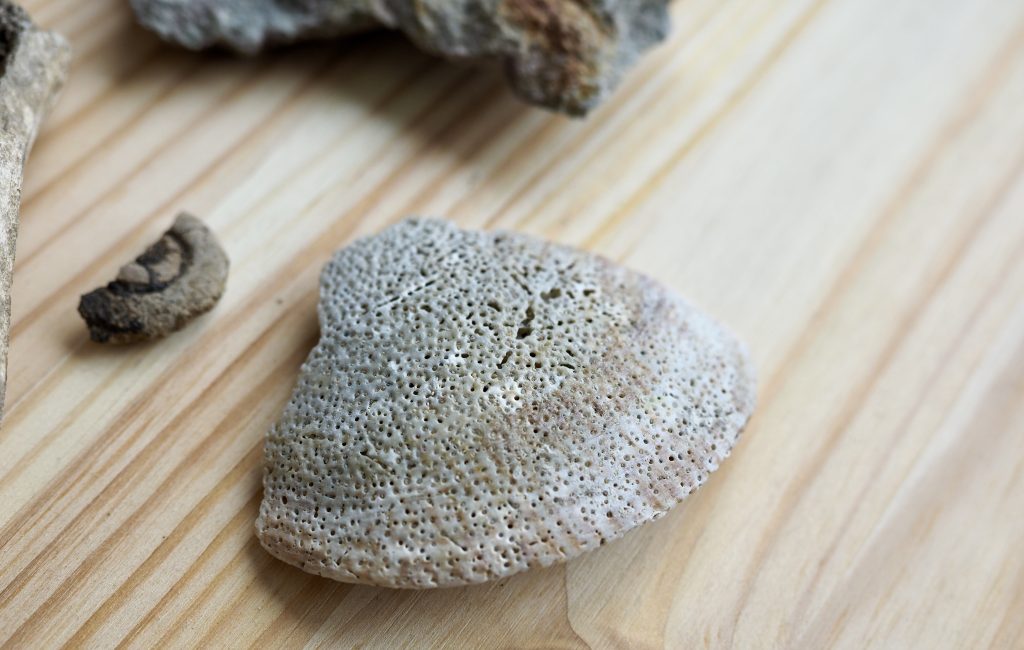
Just like you’d check on a sleeping baby, periodically inspect your fossils for any signs of wear or damage. Dust them gently with a soft brush, and if you notice any changes, take action promptly. It’s also a good idea to document the condition of your fossils regularly.
I keep a logbook with photos and notes on each piece’s status. This way, if there’s any damage, I can track when it might have occurred and take steps to prevent further issues.
Handling Tools and Equipment
When handling fossils, use the right tools for the job. Soft brushes and padded tweezers can be lifesavers for delicate work. Remember, the less you touch the fossil with your bare hands, the better.
Oils and acids from our skin can slowly degrade the surface. I always have a pair of soft gloves on hand (pun intended) for those times when I must touch a specimen.
Monitoring Humidity and Temperature
Keep a close eye on the humidity and temperature where you store your fossils. Hygrometers and thermometers are inexpensive and vital for monitoring conditions. Too much moisture can lead to mold growth, while excessive dryness can cause cracking.
Ideally, aim for a relative humidity of around 40-50% and stable temperatures. It’s not just about preservation; it’s about creating a sanctuary for your ancient treasures.
Wrapping Materials and Methods
The right wrapping materials can mean the difference between preservation and disaster. Acid-free paper, archival tissue, and polyethylene bags are all excellent choices. For bulkier items, consider custom foam inserts that contour to the fossil’s shape.
Always label wrapped fossils clearly—you don’t want to play a guessing game later on. And when in doubt, wrap it a bit more snugly; it’s better to be safe than sorry.
Identifying Potential Risks
Awareness is your best defense against potential risks. Regularly assess your storage area for any changes or dangers. Look out for signs of pests, water damage, or structural issues in shelving or cabinets. If you’re displaying fossils, make sure the mounts or stands are stable and made of materials that won’t react chemically with the specimens. It’s all about preemptive care.
Scheduling and Documenting Care
Set up a schedule for regular maintenance and stick to it. Consistency is key to keeping your fossils safe. Document each maintenance session, noting any changes or treatments applied.
This record can be invaluable, especially if you loan out specimens for study or exhibit. It’s also a great way to relive the history of your collection and remember some of the adventures you’ve had along the way.
Caring for fossils is a labor of love, a commitment to preserving the echoes of ancient life. By following these tips, you’re not just safeguarding your collection; you’re ensuring that these windows into the past remain clear for future generations to gaze through and wonder.

